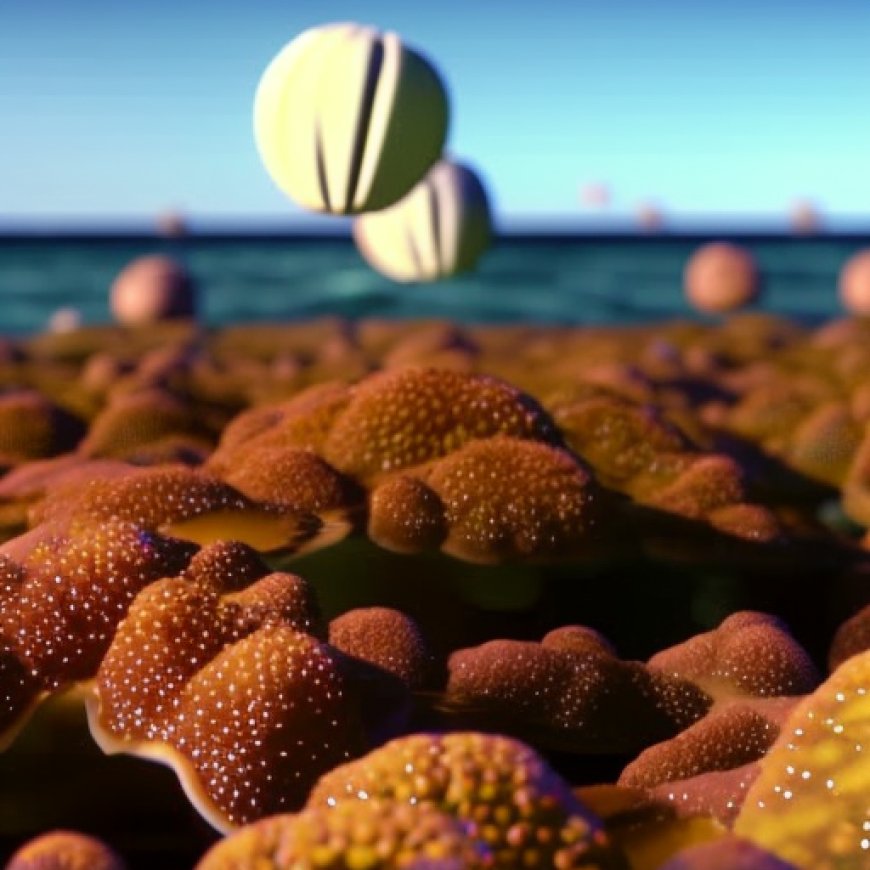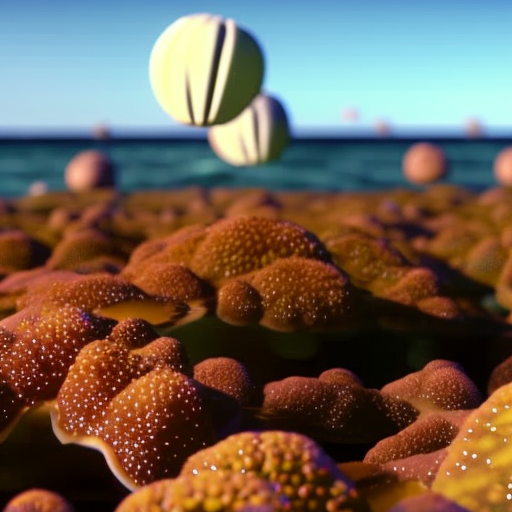Phosphorus in Aquatic Ecosystems
Phosphorus in Aquatic Ecosystems Isthmus


Media Release: Panel Discussion on Lake Mendota and Phosphorus Use

Introduction
Entertainer Charlie Berens and author Dan Egan will headline a panel at the University of Wisconsin-Madison’s Memorial Union Terrace to discuss Lake Mendota, its seasonal blue-green algae blooms, and the larger issues surrounding the use of phosphorus.
Event Details
The event is scheduled for 5 to 6:30 p.m. on Thursday, August 31, at Memorial Union, 800 Langdon St., Madison, Wisconsin. It will also be video livestreamed as part of Berens’s Cripescast podcast series. The series focuses on Midwestern people and themes.
Discussion Topics
This panel discussion will focus on the topics outlined in Dan Egan’s book, “The Devil’s Element: Phosphorus and a World Out of Balance.” The book explores the world’s mining, processing, and use of phosphorus, highlighting its paradoxical nature. While phosphorus brings agricultural plenty, it can also lead to environmental devastation, such as the growth of blue-green algae that depletes oxygen from aquatic ecosystems and creates dead zones.
Panelists
The panel will feature Charlie Berens, Dan Egan, Jake Vander Zanden, and Randy Jackson. Jake Vander Zanden is an expert on freshwater lakes and the director of UW-Madison’s Center for Limnology. Randy Jackson is from the Department of Agronomy at UW-Madison and will speak about successful agricultural systems using reduced inputs. The panel will emphasize the Wisconsin Idea, showcasing how the university’s research can inform policymaking and practices to reduce phosphorus input or reuse of the element, leading to healthier waters across the state and nation.
About the Panelists
- Charlie Berens is an Emmy-Award-winning journalist, comedian, and New York Times best-selling author of “The Midwest Survival Guide.”
- Dan Egan wrote the bestseller “The Death and Life of the Great Lakes,” which was the 2018 UW-Madison Go Big Read selection. He was a finalist for the Pulitzer Prize twice.
Book Signing
A book signing will take place following the panel discussion.
Event Location
In case of inclement weather, the event will be moved to Shannon Hall of the Memorial Union.
Sponsorship
The event is sponsored by the University of Wisconsin Sea Grant Institute.
SDGs, Targets, and Indicators Analysis
1. Which SDGs are addressed or connected to the issues highlighted in the article?
- SDG 6: Clean Water and Sanitation
- SDG 14: Life Below Water
- SDG 15: Life on Land
The article discusses the issue of blue-green algae blooms caused by phosphorus pollution in Lake Mendota. This connects to SDG 6, which aims to ensure clean water and sanitation for all. Additionally, the growth of blue-green algae affects the aquatic ecosystem, which is relevant to SDG 14, which focuses on life below water. The article also mentions the impact of phosphorus on the environment, which relates to SDG 15, which aims to protect and restore ecosystems on land.
2. What specific targets under those SDGs can be identified based on the article’s content?
- SDG 6.3: Improve water quality by reducing pollution, eliminating dumping, and minimizing release of hazardous chemicals and materials.
- SDG 14.1: Prevent and significantly reduce marine pollution of all kinds.
- SDG 15.1: Ensure the conservation, restoration, and sustainable use of terrestrial and inland freshwater ecosystems.
Based on the article’s content, the specific targets that can be identified are reducing pollution in Lake Mendota caused by phosphorus, preventing marine pollution caused by blue-green algae blooms, and ensuring the conservation and restoration of the lake’s ecosystem.
3. Are there any indicators mentioned or implied in the article that can be used to measure progress towards the identified targets?
Yes, the article mentions the growth of blue-green algae as an indicator of phosphorus pollution and its impact on the aquatic ecosystem. The reduction of blue-green algae blooms and the restoration of a healthy aquatic ecosystem can be used as indicators to measure progress towards the identified targets.
SDGs, Targets, and Indicators Table
| SDGs | Targets | Indicators |
|---|---|---|
| SDG 6: Clean Water and Sanitation | 6.3: Improve water quality by reducing pollution, eliminating dumping, and minimizing release of hazardous chemicals and materials. | – Reduction of phosphorus pollution in Lake Mendota – Decrease in blue-green algae blooms |
| SDG 14: Life Below Water | 14.1: Prevent and significantly reduce marine pollution of all kinds. | – Prevention of blue-green algae blooms in Lake Mendota – Restoration of a healthy aquatic ecosystem |
| SDG 15: Life on Land | 15.1: Ensure the conservation, restoration, and sustainable use of terrestrial and inland freshwater ecosystems. | – Restoration of the lake’s ecosystem – Sustainable use of freshwater resources |
Behold! This splendid article springs forth from the wellspring of knowledge, shaped by a wondrous proprietary AI technology that delved into a vast ocean of data, illuminating the path towards the Sustainable Development Goals. Remember that all rights are reserved by SDG Investors LLC, empowering us to champion progress together.
Source: isthmus.com

Join us, as fellow seekers of change, on a transformative journey at https://sdgtalks.ai/welcome, where you can become a member and actively contribute to shaping a brighter future.







